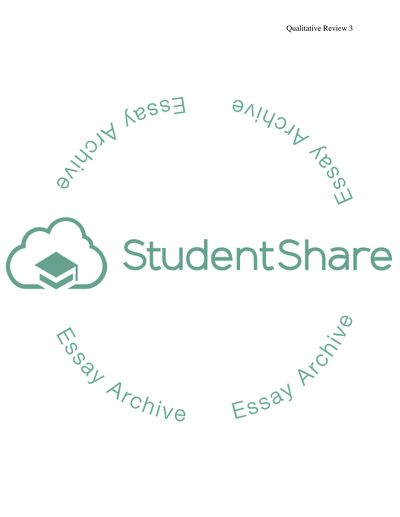Cite this document
(Review of Manthorpe, Goodman, Harari, Swift, and Iliffes Article Literature, n.d.)
Review of Manthorpe, Goodman, Harari, Swift, and Iliffes Article Literature. https://studentshare.org/social-science/1605678-understanding-research-in-social-work
Review of Manthorpe, Goodman, Harari, Swift, and Iliffes Article Literature. https://studentshare.org/social-science/1605678-understanding-research-in-social-work
(Review of Manthorpe, Goodman, Harari, Swift, and Iliffes Article Literature)
Review of Manthorpe, Goodman, Harari, Swift, and Iliffes Article Literature. https://studentshare.org/social-science/1605678-understanding-research-in-social-work.
Review of Manthorpe, Goodman, Harari, Swift, and Iliffes Article Literature. https://studentshare.org/social-science/1605678-understanding-research-in-social-work.
“Review of Manthorpe, Goodman, Harari, Swift, and Iliffes Article Literature”. https://studentshare.org/social-science/1605678-understanding-research-in-social-work.


